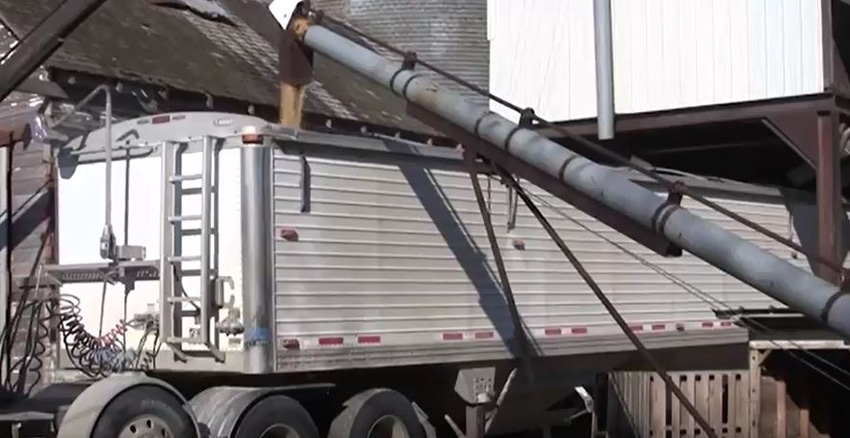April 20, 2017

The first season of our Rotationally Raised series of articles and accompanying videos has come to a close. Members of Practical Farmers of Iowa want to grow small grain crops such as oats, wheat and barley again because they’re good for the farm, good for rural communities and good for our food system as a whole.
In this final episode of the first season of Rotationally Raised, we explore how diversified crop rotation could play a big role in making the agricultural supply chain—which provides us all with food, feed, fuel and fiber—more sustainable.
Show people how you farm
Nathan Anderson, who direct-markets beef from his family’s farm near Aurelia in northwest Iowa, says the best way for consumers to understand why they need to support farmers is to visit a farm. “I think there are a number of farmers who are very open to sharing information about their farming operation,” he says. “I know I really appreciate those opportunities.”
Jon Bakehouse, farming near Hastings in southwest Iowa, says doing things a little differently—even if it’s just on a few acres, starts conversations. “It shows people that you can do something different,” he says. “It gives you an open door to start talking about diversity and why it’s important and why maybe your community should be thinking about it more seriously on a large scale.”
Growing a diversity of crops
Earl Canfield and his family, who farm near Dunkerton in northeast Iowa, started raising small grains for a number of different reasons. But perhaps the most important is that raising a diversity of crops is good for his family.
He says as agriculture has grown bigger and moved more to specialization, there are less opportunities for young people on the farm—both to be able to gain experience and responsibility with different crop and livestock enterprises, and to be able to stay and find work in rural America.
In the Canfield family’s case and in every family’s case, that all depends on making an income. “Farmers need to be able to earn a profit on the different crops they are growing on their farm,” Earl says. For farmers like Nathan, Jon and Earl, one answer to making a diversified farm work is by seeking out customers directly who support the type of agriculture they practice.
Opportunities for new markets
Of course, for many farmers that’s not practical—for one reason or another. They still, however, believe that raising crops in rotation—and in tandem with livestock—is what works for farms, families, the environment and rural communities.
As consumers and people who live off the farm in towns and cities get on-board with diversity in Iowa’s agriculture, opportunities exist for creating new markets and building additional resilience into the food and agriculture supply chain.
And that’s why, for the last couple years, Practical Farmers of Iowa has been working with various partners throughout the ag supply chain to figure out how to reward Corn Belt farmers in the marketplace for growing crops in diverse rotations.
Rewards for diversified farming
If you’re interested in this, or to learn more about how you can get involved with this initiative, contact Sarah Carlson at [email protected]. She leads this Rotationally Raised project. You can see what the progress of the project is so far here: “Small Grains in the Corn Belt.” To learn more about small grains production, check out the small grains page at practicalfarmers.org/small-grains.
Editor’s Note: Ohde is the research and media coordinator for Practical Farmers of Iowa
About the Author(s)
You May Also Like






